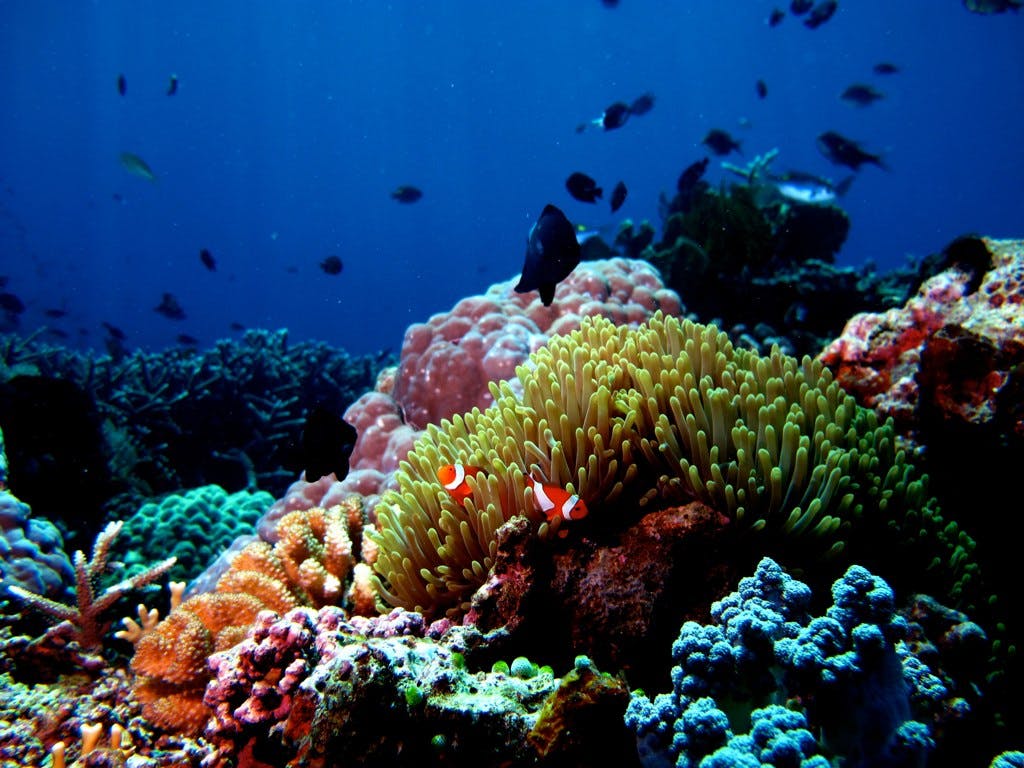Oceans 5 supports results-oriented conservation projects throughout the world.
We prefer time-bound efforts involving multiple organizations working toward common policy objectives. Our work focuses on projects to stop overfishing through fisheries management reforms and to establish marine protected areas (MPAs), among the two highest ecological priorities identified by marine scientists. We are inspired by project opportunities that can bring lasting benefits to coastal communities.
MPA Portfolio Goal
Oceans 5 aligns with and builds upon the science-based goals developed by trusted international bodies, such as the International Union for the Conservation of Nature (IUCN). More specifically, our MPA portfolio goal is:
Contribute to 30 percent coverage of the world’s oceans by 2030, prioritizing the development of strongly protected MPAs, as informed by best science.
MPA Portfolio Geography
Oceans 5 was founded in 2011 when there was a more limited number of large fully protected marine reserves. Early grants supported work in the overseas territories of the United Kingdom, Antarctica, the Arctic and several large Pacific exclusive economic zones (EEZs), including that of the United States. While large marine reserve opportunities still exist, the geographical priorities of Oceans 5 will evolve over time to include smaller areas, some of which may be adjacent to higher population densities that warrant less than full protection.
Oceans 5 expects its MPA portfolio to grow in Latin America and the Caribbean. It will explore new opportunities in the European Union, Africa and Asia, while maintaining strong representation in existing portfolio regions. Oceans 5 also will support projects seeking to establish strongly protected areas in the high seas -- a critical element of a global target of 30 percent.
MPA Strategic Interventions
Oceans 5 supports projects and activities that leverage the following strategic interventions.
Establishing and strengthening MPAs:
- Advocacy: Drafting and promoting new policy and regulations;
- Communications: Sharing information with the media and key stakeholder groups;
- Research: Compiling and synthesizing existing findings from ecological and economic research;
- Stakeholder engagement: Consulting with and building constituencies of support in MPA communities;
- Government engagement: Working directly with elected and appointed officials to share information and build support;
- Implementation planning: Developing realistic management strategies and regimes;
- Financial sustainability: Developing realistic strategies for financial sustainability; and,
- Alternative and replicable models: Developing, testing, and monitoring the success of alternative models for sustainable finance and governance that could be transferred to other places.
Accelerating global MPA development:
- Communications: Translating key information for elected and appointed officials and other MPA decision-makers;
- Build political will: Cultivating global leaders and increasing knowledge and accountability; and,
- Field building: Developing the MPA field and increasing non-governmental leadership around the world.
Measuring Success of MPA Projects
Oceans 5 is committed to supporting strongly protected MPAs around the world. We measure the success of individual grants based on the percentage of national waters covered by strongly protected MPAs. We also assess the cumulative contribution of our MPA portfolio to the percent of global coverage of strongly protected MPAs.
Fisheries Management Portfolio Goals
Oceans 5 seeks to eliminate illegal, unreported and unregulated (IUU) fishing. This involves establishing enabling conditions to transform data collection and seafood traceability in key global fisheries over the next decade. Projects will generate new catch data, improve licensing regimes, strengthen compliance management, increase transparency and traceability throughout seafood supply chains, promote new technologies, and strengthen management of distant water fishing vessels.
Oceans 5 is focused on four programmatic goals:
- Contribute to the sustainable management of global fisheries by eliminating IUU seafood products from entering key markets, including the European Union, United States, Japan, China;
- Improve capacity to use emerging technologies in globally-significant fisheries and in small-scale fisheries in Pacific island nations, Asia, Africa, and in countries like Indonesia, Chile, and Mexico;
- Support new regulation, reporting, and management controls on distant water fleets in strategically significant countries and regions like China, Japan, Taiwan, Korea, Spain and the US; and,
- Develop and implement scalable small-scale fisheries models that may include spatial management approaches in Pacific Island Nations, Asia, Africa, and Latin America.
Fisheries Management Strategic Interventions
Oceans 5 supports projects that leverage the following strategic interventions:
- Advocacy: Drafting and promoting transparency and traceability policies and regulations that help eliminate IUU fishing;
- Detecting IUU products: Promoting and implementing controls that identify IUU seafood products;
- Public transparency: Promoting policy and programmatic actions to develop and implement international transparency initiatives;
- Improving compliance: Increasing flag state and coastal state compliance with national and international regulations;
- Replicable models: Developing small-scale fisheries transparency and traceability systems, such as electronic catch documentation and vessel tracking systems, that can be replicated on larger scales; and,
- Improving traceability: Requiring and implementing standardized electronic reporting requirements.
Measure Success for Fisheries Management Projects
Oceans 5 will track progress on key indicators in each of our focal geographies. These statistics will illuminate progress made by the global sustainable fisheries community, to which Oceans 5 contributes through targeted grant-making. The following are some key indicators of success:
- Percent of global fisheries with data available on online databases such as Global Fishing Watch and the Global Record managed by the Food and Agriculture Organization of the United Nations;
- Number of fishery management models tested in small-scale fisheries for broader implementation;
- Percent of key fishing market states with IUU fishing control actions in places that prohibit illegal seafood imports; and,
- Number of international and small-scale fisheries utilizing emerging technologies to develop scalable solutions for sustainable fishery management.





















